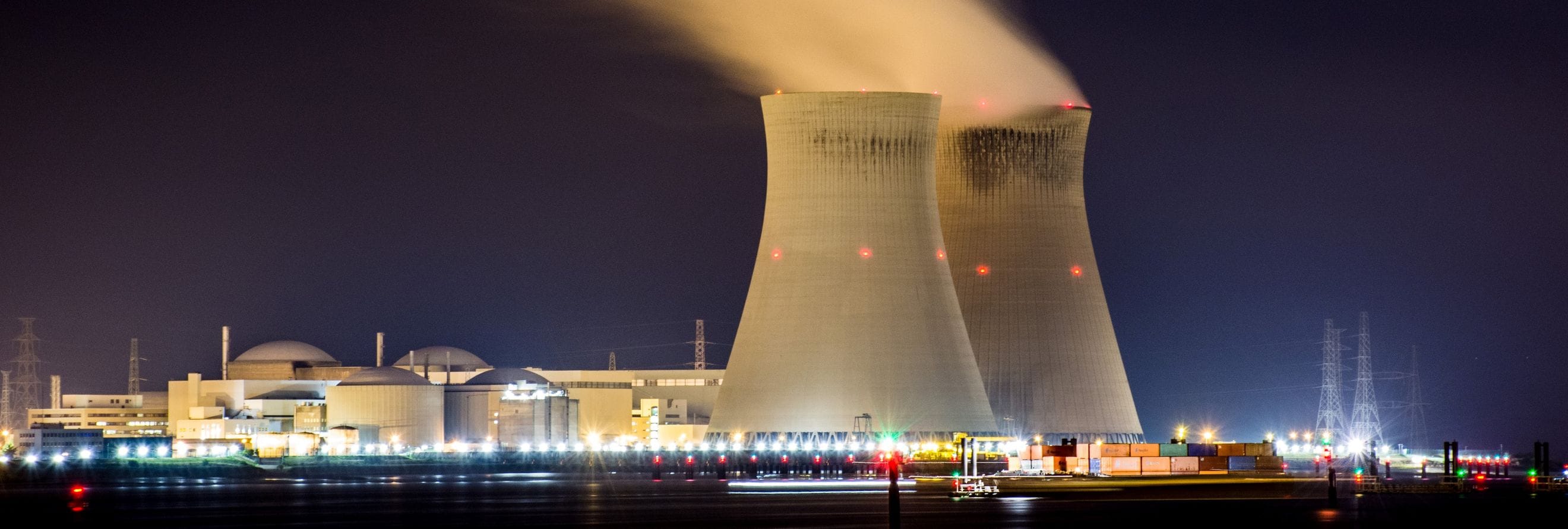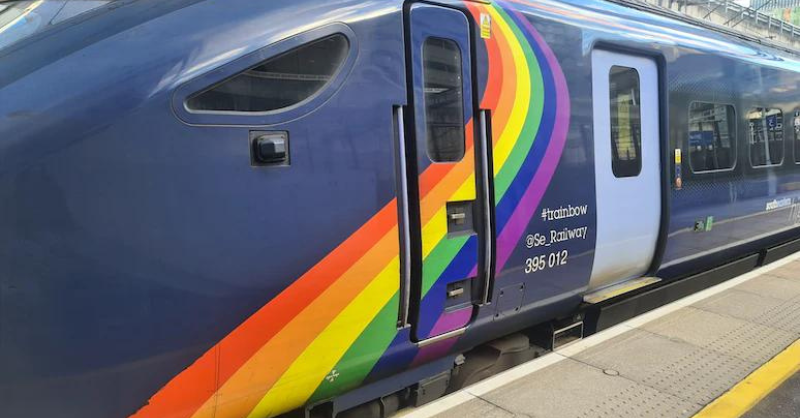
Is the real issue with nuclear different from what you think?
If you talk to most sustainability professionals about nuclear, the most common concern is safety (Three Mile Island, Chernobyl, and perhaps most importantly Fukushima), followed by build cost (ie OL3 in Finland and others). But as well as these issues, should we also be thinking more about decommissioning costs?
According to an article in Clean Technica, the decommissioning costs for the UK’s nuclear generation are 'coming home to roost'. Most of the remaining operating reactors will be off the grid by 2028, with only Sizewell B hanging on until 2035. All reactors had roughly a 40 year lifespan.

It's the decommissioning cost that seems to be the financial killer. As of late 2022, the official estimate of the UK’s Nuclear Decommissioning Authority (NDA) was £149 billion. Add in Hinkely C, and that comes to roughly £6bn per reactor.
And the real number could be more (harking back to our blogs on how much will this cost - nuclear is one of the technologies most prone to massive cost over runs). Stephen Thomas, a professor of energy policy at the University of Greenwich estimated in late 2022 was that the program was likely to cost £260 billion given the cost trends. That’s £10.4 billion per reactor, an order of magnitude higher than the industry average of three years ago.
As we highlighted at the start of this article, most of the public debate (such as when Germany shut down nuclear reactors post Fukushima) has been about safety. With some recent concerns around project cost. But, if the experience in the UK is a leading indicator, should we be worrying more about decommissioning costs?
To give these costs some context:
"at £6 billion per reactor (the official and perhaps too low figure), that is more than many nuclear advocates claim new nuclear can be built for".
And another thought to leave you with. It's about storing the waste. The state of the art Finnish storage facility at Olkiluoto aims to keep the waste casks undisturbed for 100,000 years.

It's perhaps unsurprisingly tough to find sites for such a facility. They need trust. Which means that in a way the key lesson from the Finnish site is less technical and more political.
YET THE TRUE SECRET to Finland’s success with Onkalo lies not so much in geology and engineering, but in the site selection process, the structure of government, and a culture of trust in institutions and expertise.
The whole life cost of our sustainability transition infrastructure is going to become one of the key issues in deciding how financially viable the new approaches are. Cost blow outs not only destroy that project's economics, they make the financial community less willing to invest in similar projects in the future.
Link to blog 👇🏾

This article featured in What Caught Our Eye, a weekly email featuring stories we found particularly interesting during the week and why. We also give our lateral thought on each one. What Caught our Eye is available to read in full by members.
If you are not a member yet, you can read What Caught Our Eye when it comes out direct in your email inbox plus all of our blogs in full...


Please read: important legal stuff.


